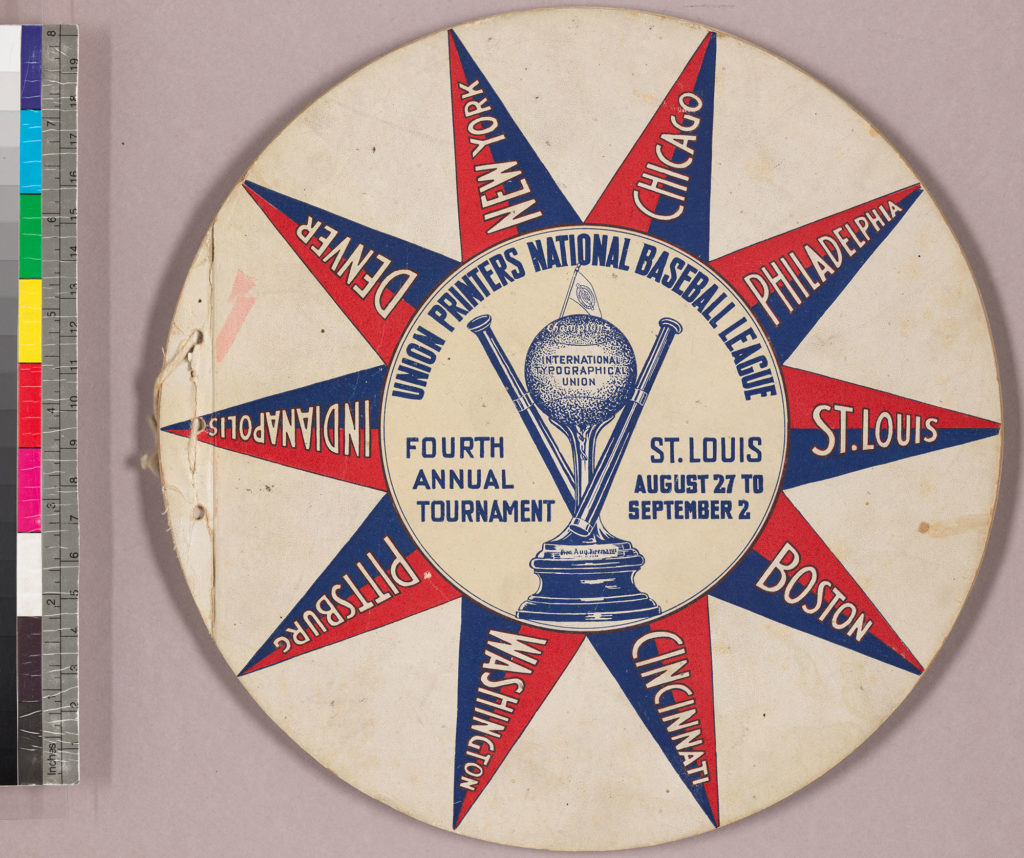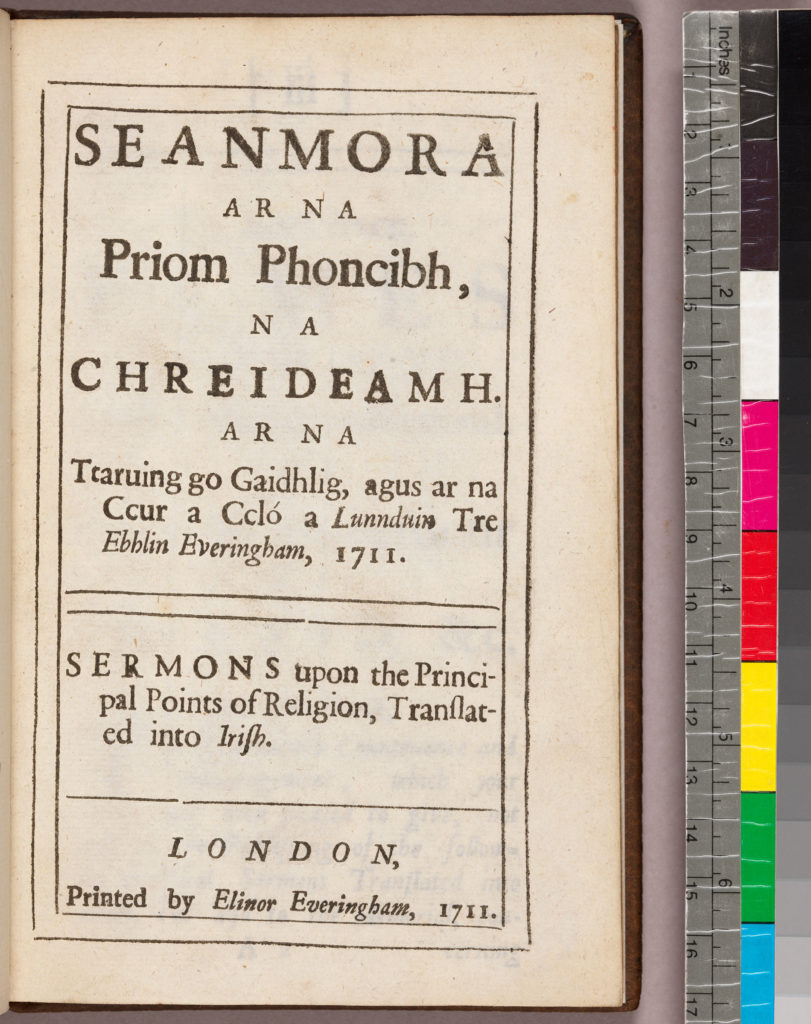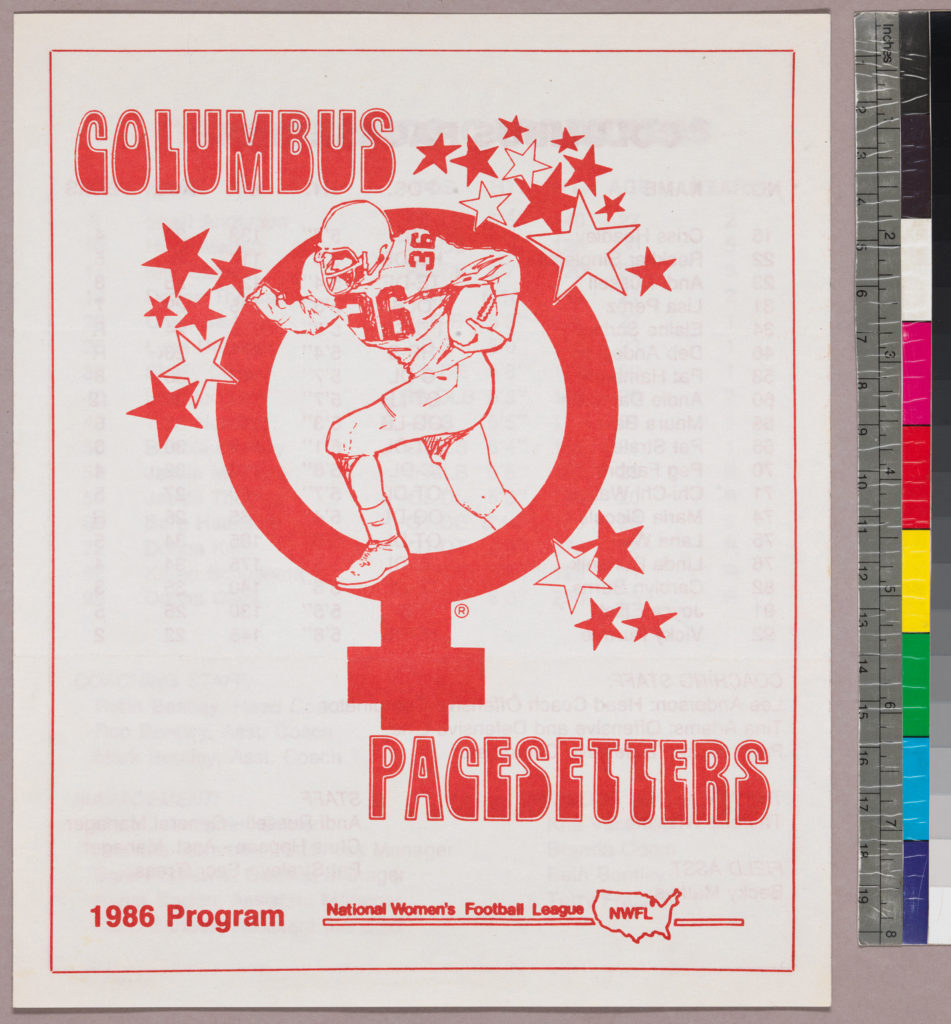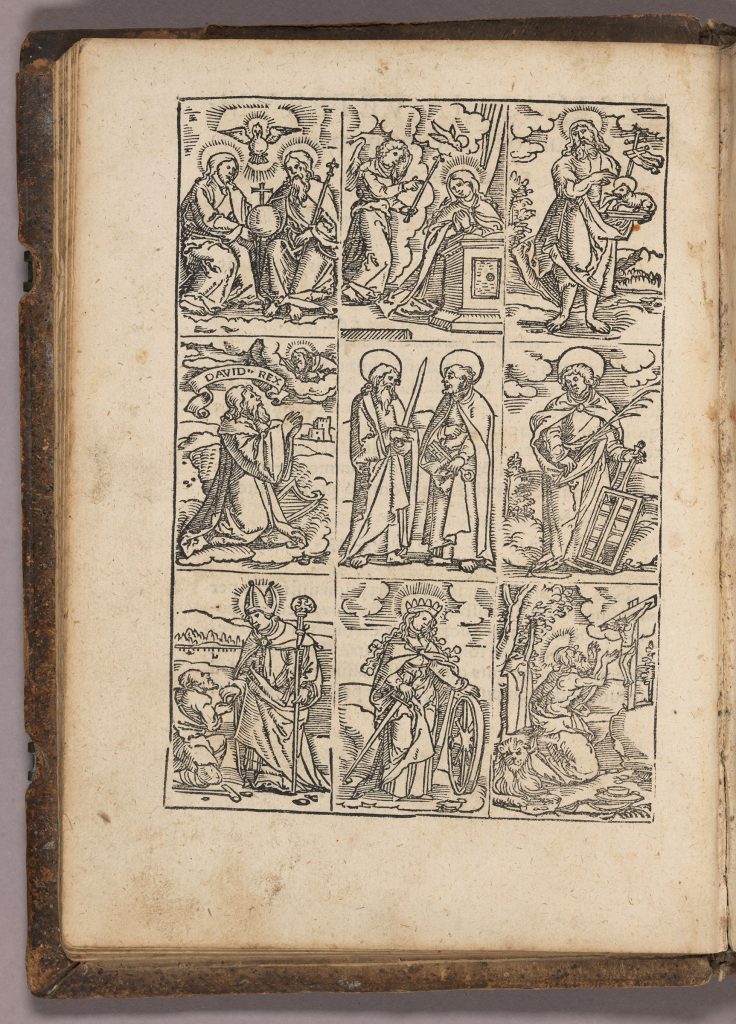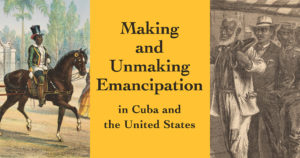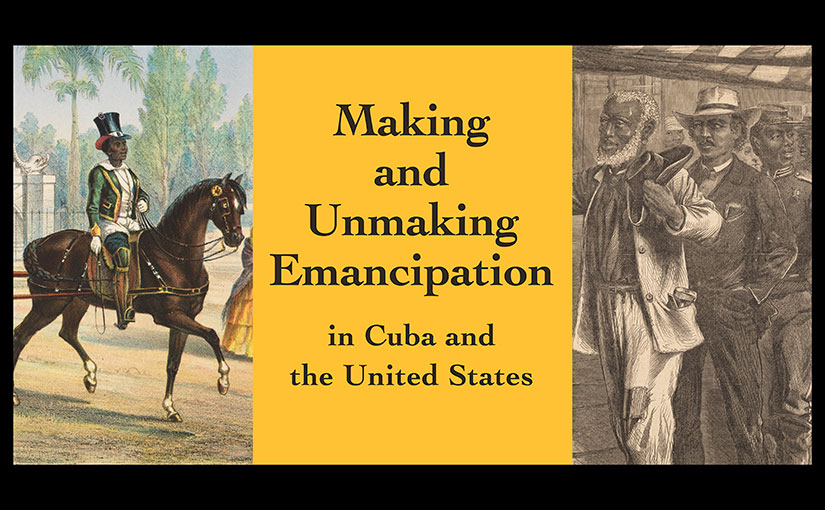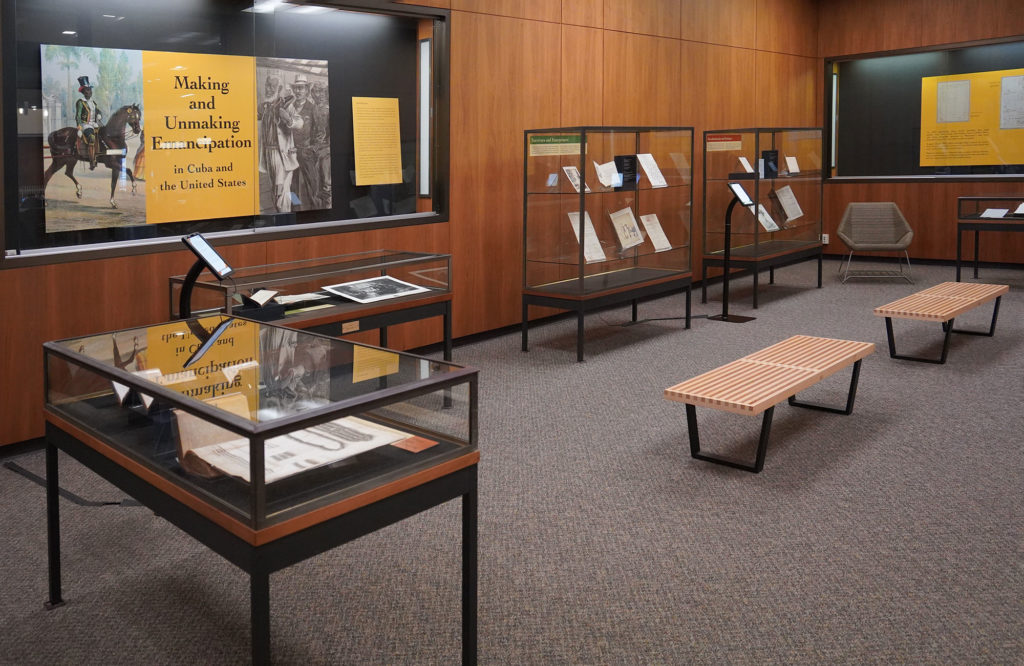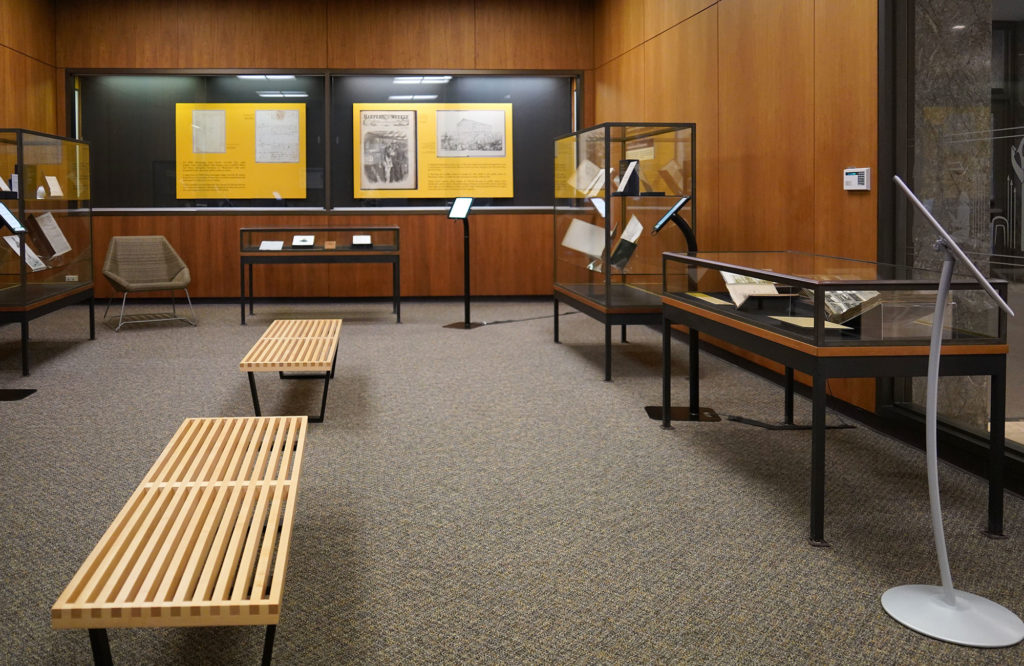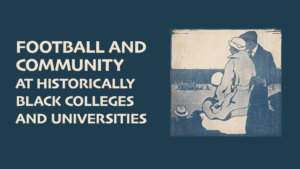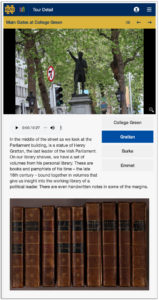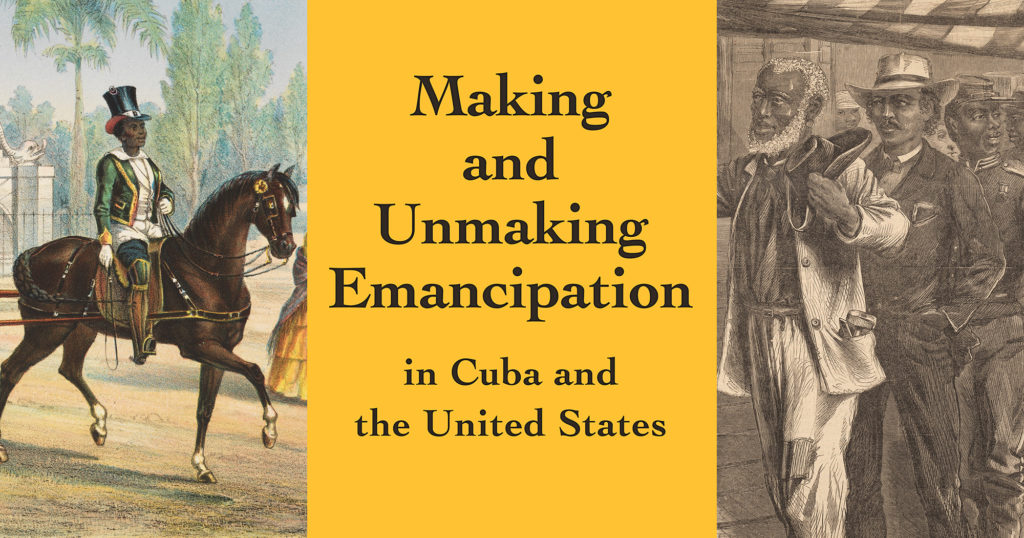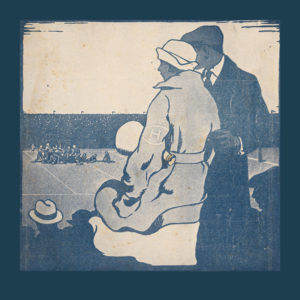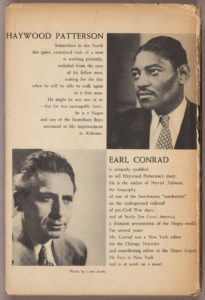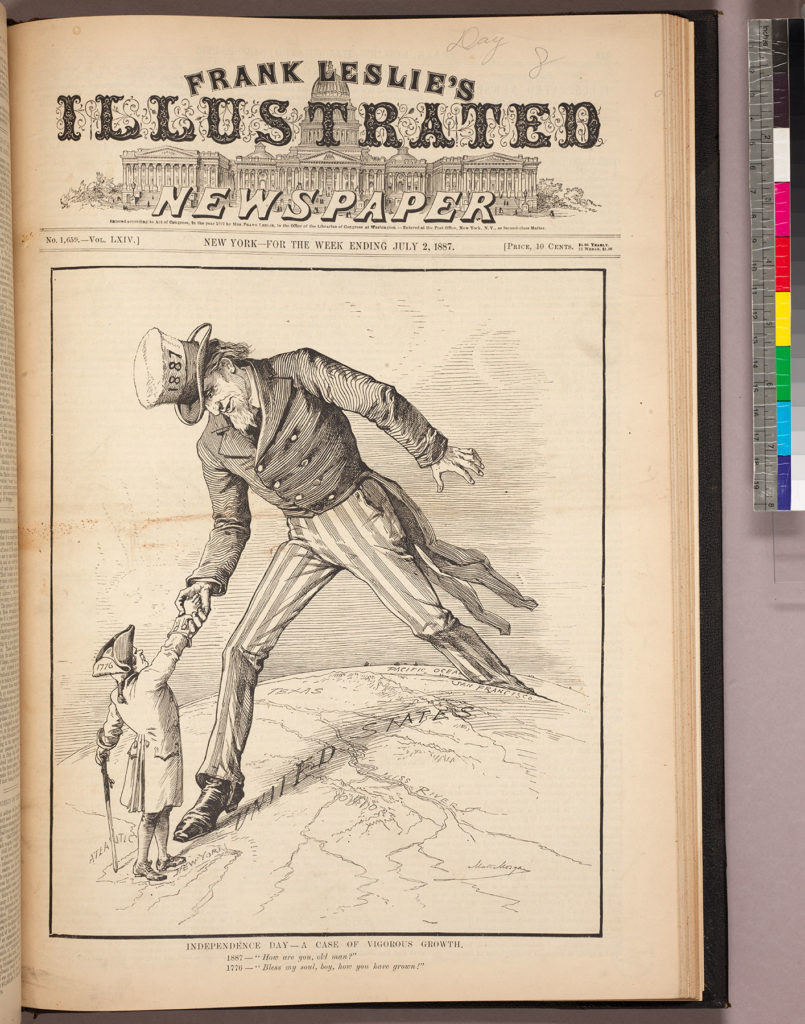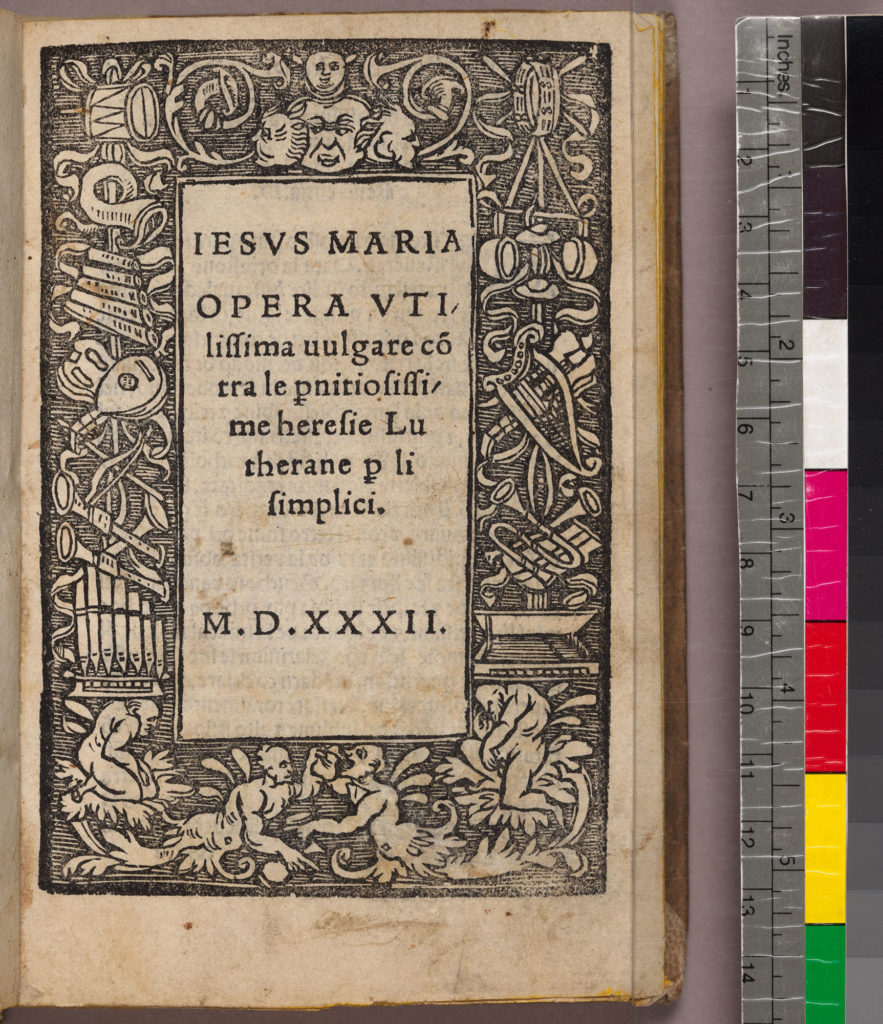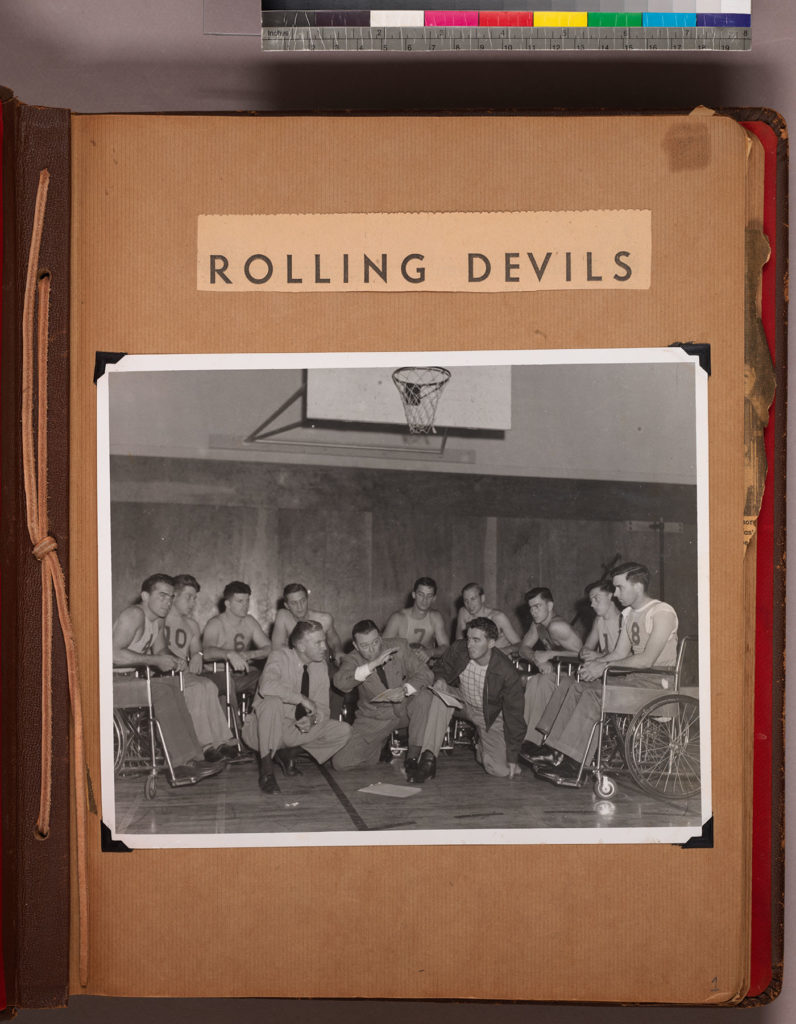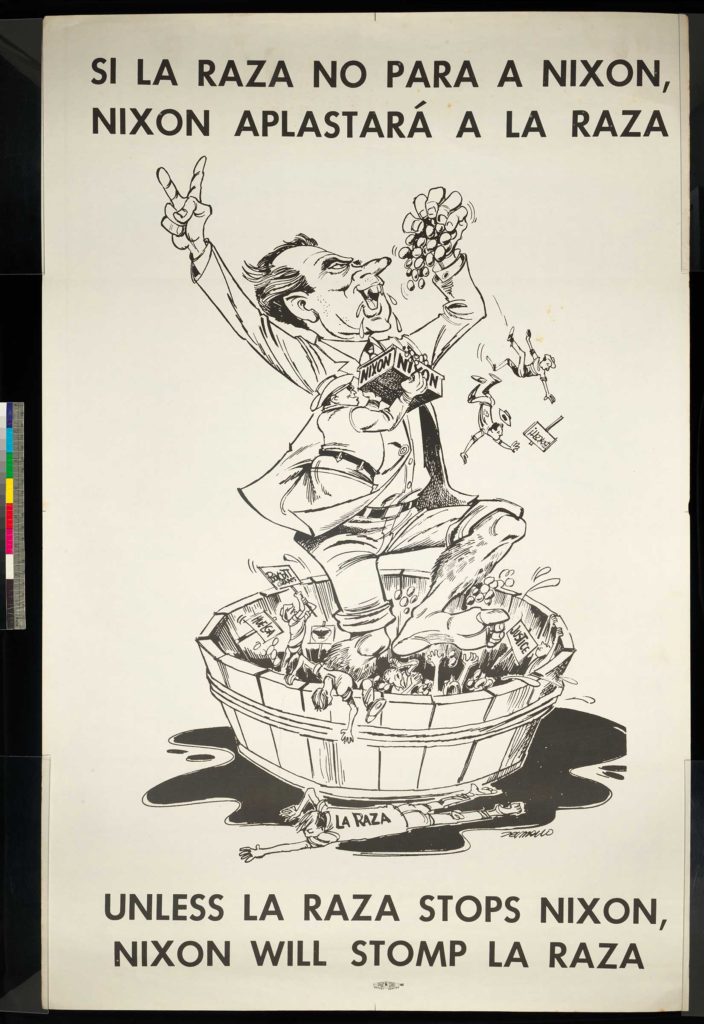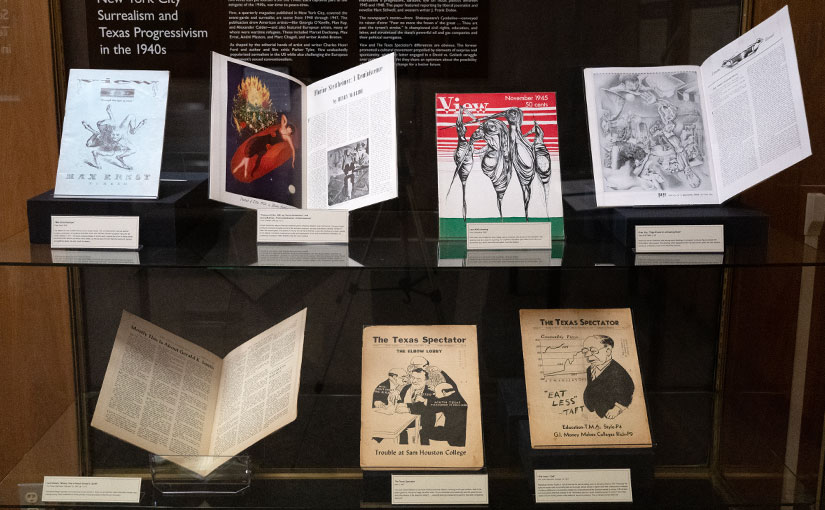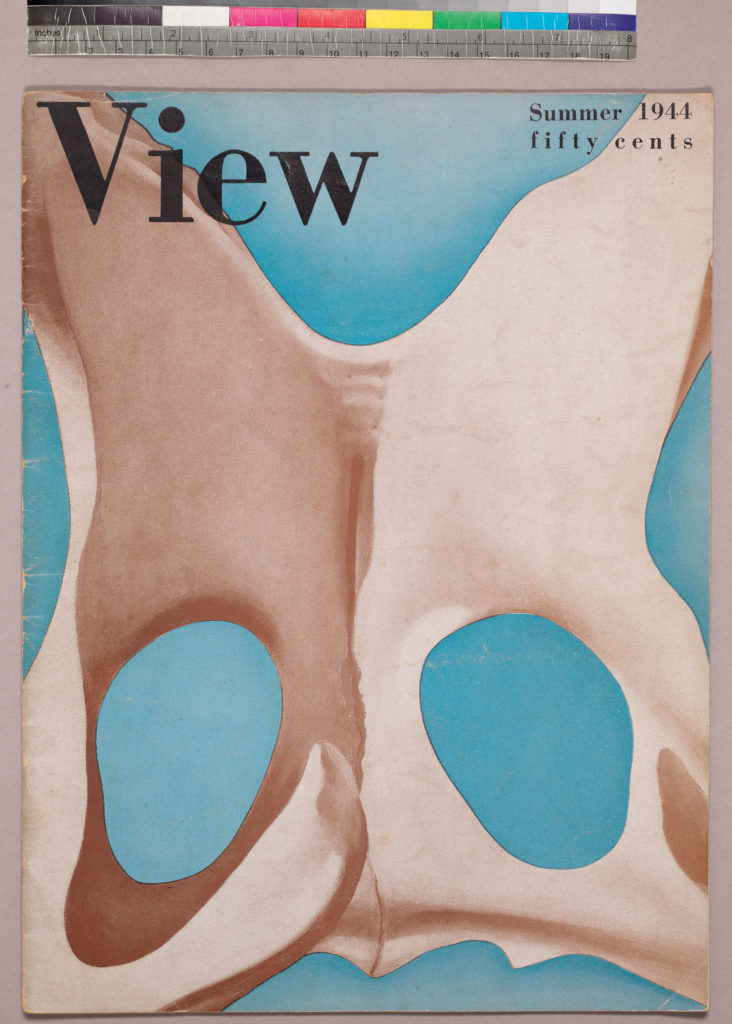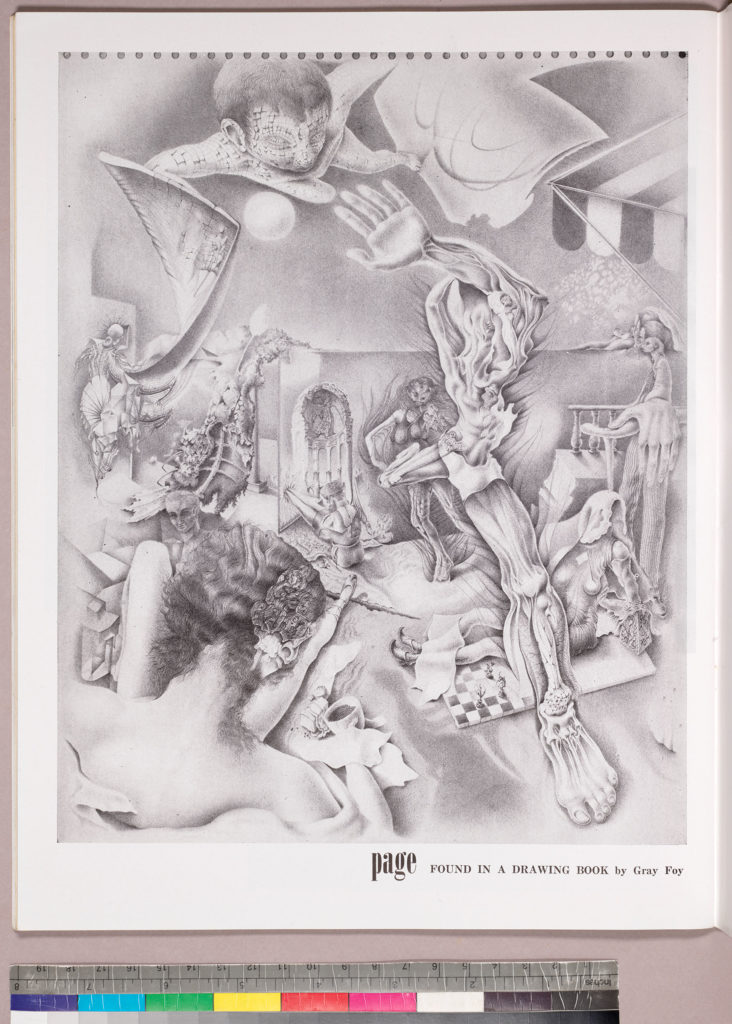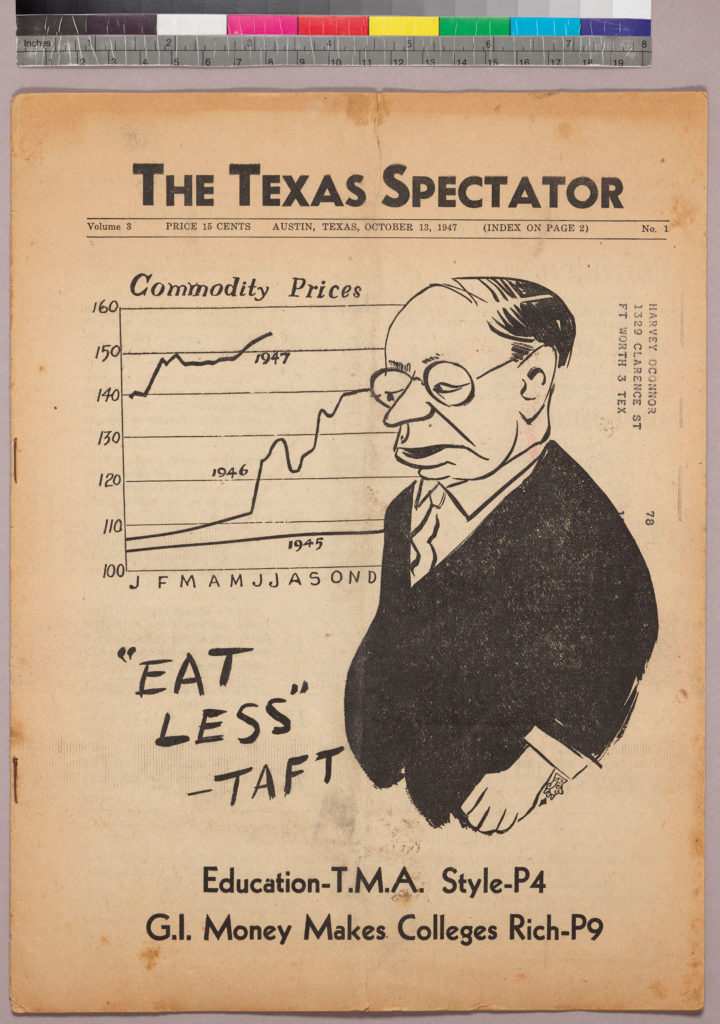Rare Books and Special Collections welcomes students, faculty, staff, researchers, and visitors back to campus for Spring ’24! Here are a variety of things to watch for in Special Collections during the coming semester.
Spring 2024 Exhibition: Mapping the Middle Ages: Marking Time, Space, and Knowledge
The tension between literal and figurative arrangements of space, time, and knowledge during the Middle Ages is brought to the fore through the primary objects that remain. Geography, whether real or imagined, manifests on the page to convey a variety of spatial arrangements: topography, pilgrimage, peripatetic liturgical procession, and boundary marking. The materiality of medieval manuscript books expresses a similar reality: geographic colophons, the regional markings of book production, devotional locals, and even the dispersing of manuscripts through modern-day biblioclasty.
To map the Middle Ages is to journey through the space created by the objects and the individuals who used them. The manuscripts in this installation are drawn from the collection of the University of Notre Dame’s Hesburgh Library.
Curated by David T. Gura, PhD, Curator of Ancient and Medieval Manuscripts.
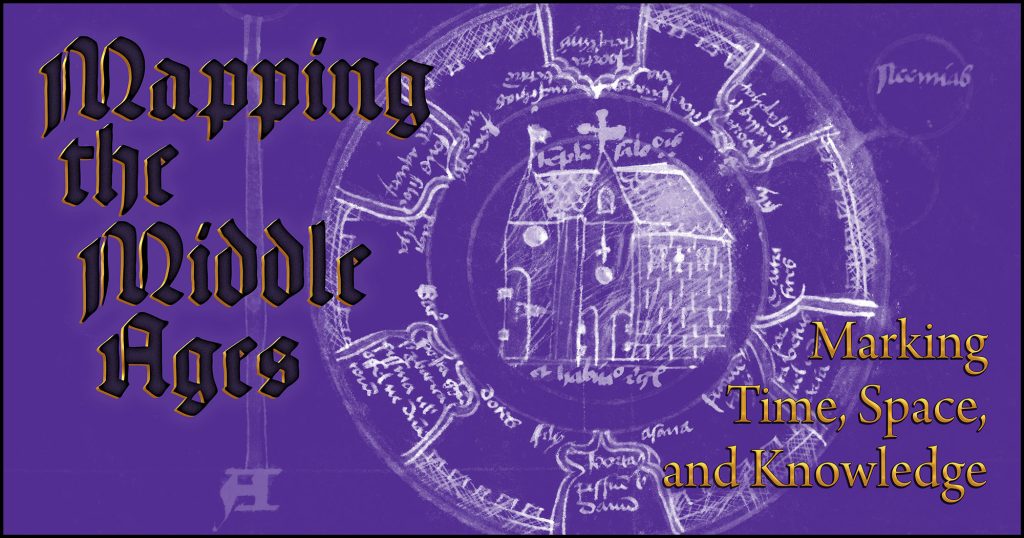
This exhibition is being held in conjunction with the annual meeting of the Medieval Academy of America, which will be hosted March 14–16, 2024, at the University of Notre Dame.
Stop in regularly to see our Collections Spotlights
Fall Spotlight, continued through the end of January: Football and Community at Historically Black Colleges and Universities
This exhibit features a selection of sources from the Joyce Sports Research Collection that document and preserve the history of football at Historically Black College and Universities (HBCUs). During the era of Jim Crow segregation, the vast majority of African American college students and student athletes attended HBCUs.
Many of the yearly gridiron contests between rival institutions developed into highly anticipated annual events that combined football with larger celebrations of African American achievement and excellence. The programs, media guides, ephemera, guidebooks, and other printed material on display document the athletic accomplishments, the celebrations, the spectacle, and the community-building that accompany football at Historically Black Colleges and Universities.
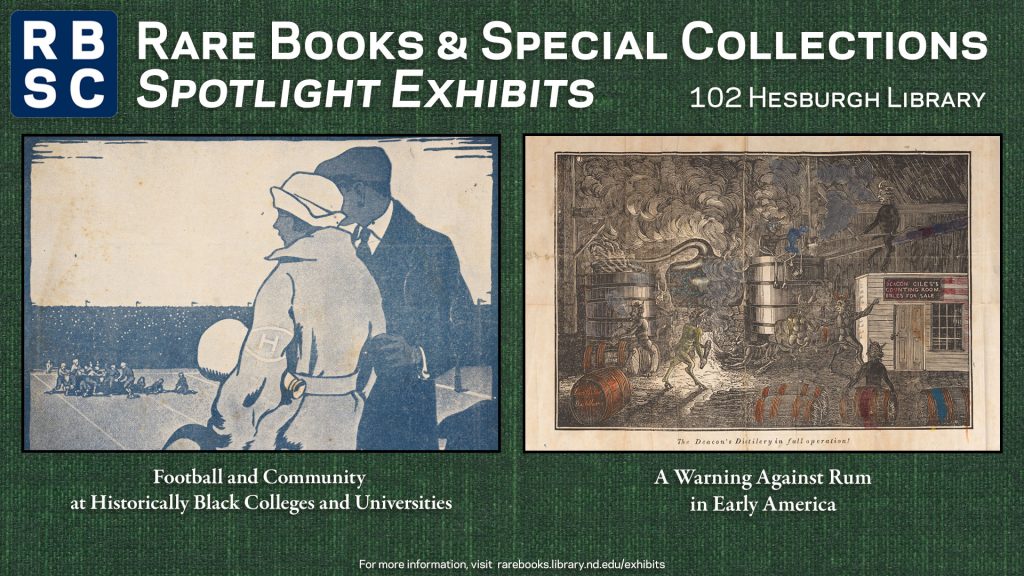
December-January Spotlight: A Warning Against Rum in Early America
Displayed in the spotlight is a 1835 poster commemorating a Salem, Massachusetts minister’s attack on a neighbor for distilling and selling rum. This particular copy was partially hand-colored in watercolor, preserved with a cloth backing, folded, and bound into a pocket-sized leather cover. The broadside is part of Hesburgh Library’s Rare Books and Special Collections’ collection of prints, posters, and broadsides.
Curated by Rachel Bohlmann, Curator of North Americana at Hesburgh Libraries.
These and other exhibits within the Hesburgh Libraries are generously supported by the McBrien Special Collections Endowment.
All exhibits are free and open to the public during regular hours.
Special Collections’ Classes & Workshops
Throughout the semester, curators will teach sessions related to our holdings to undergraduate and graduate students from Notre Dame, Saint Mary’s College, and Holy Cross College. Curators may also be available to show special collections to visiting classes, from preschool through adults. If you would like to arrange a group visit and class with a curator, please contact Special Collections.
Upcoming Events
Thursday, February 1st at 5:00pm | The Spring 2024 Italian Research Seminar and Lectures will begin with a lecture by Francesca Fiorani (University of Virginia), “Leonardo da Vinci’s Way of Seeing Water. Wetlands, Mapping, and the Art of Painting.”
Learn more about this and other Events in Italian Studies.
Recent Acquisitions
Special Collections acquires new material throughout the year. Watch this blog for information about recent acquisitions.
